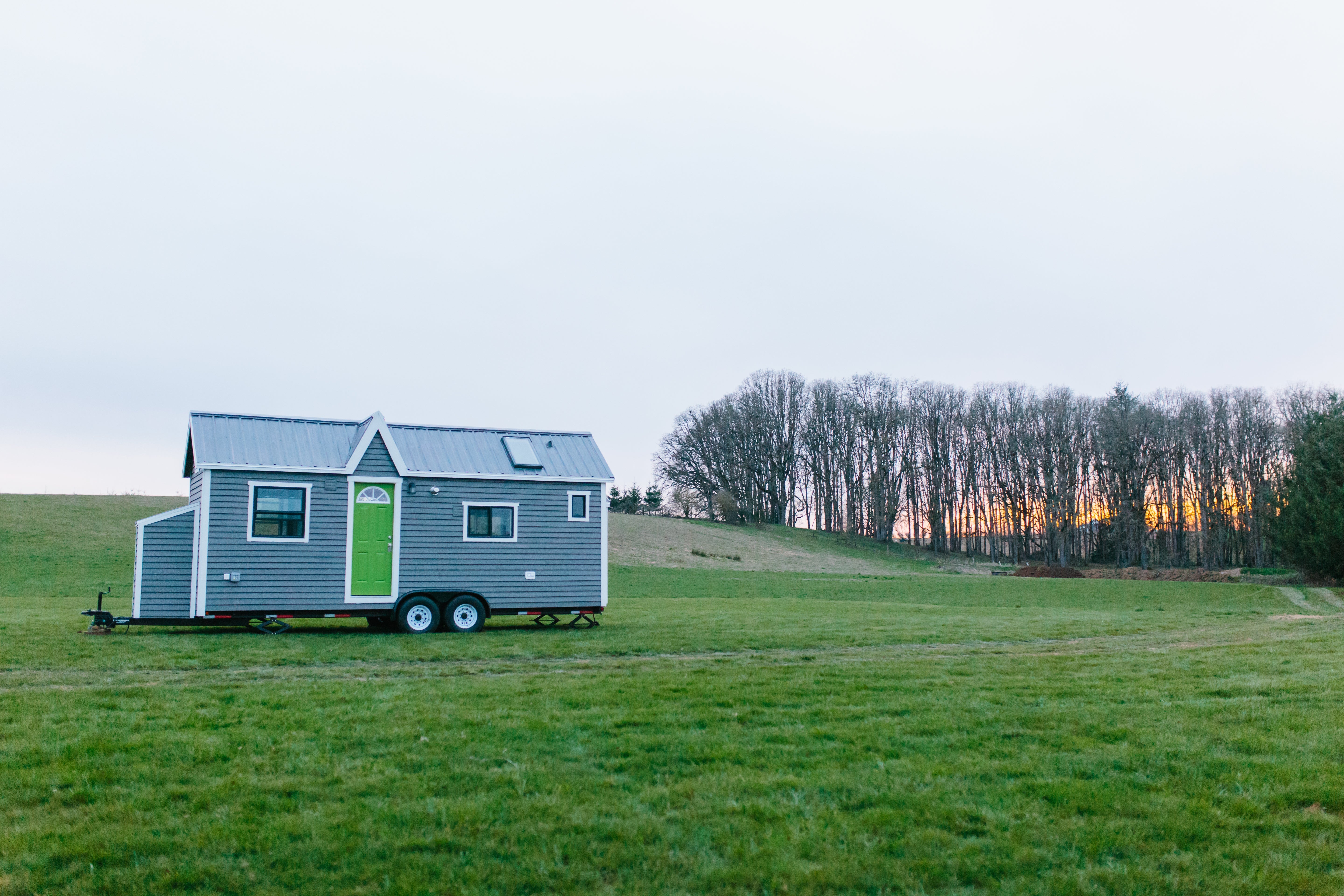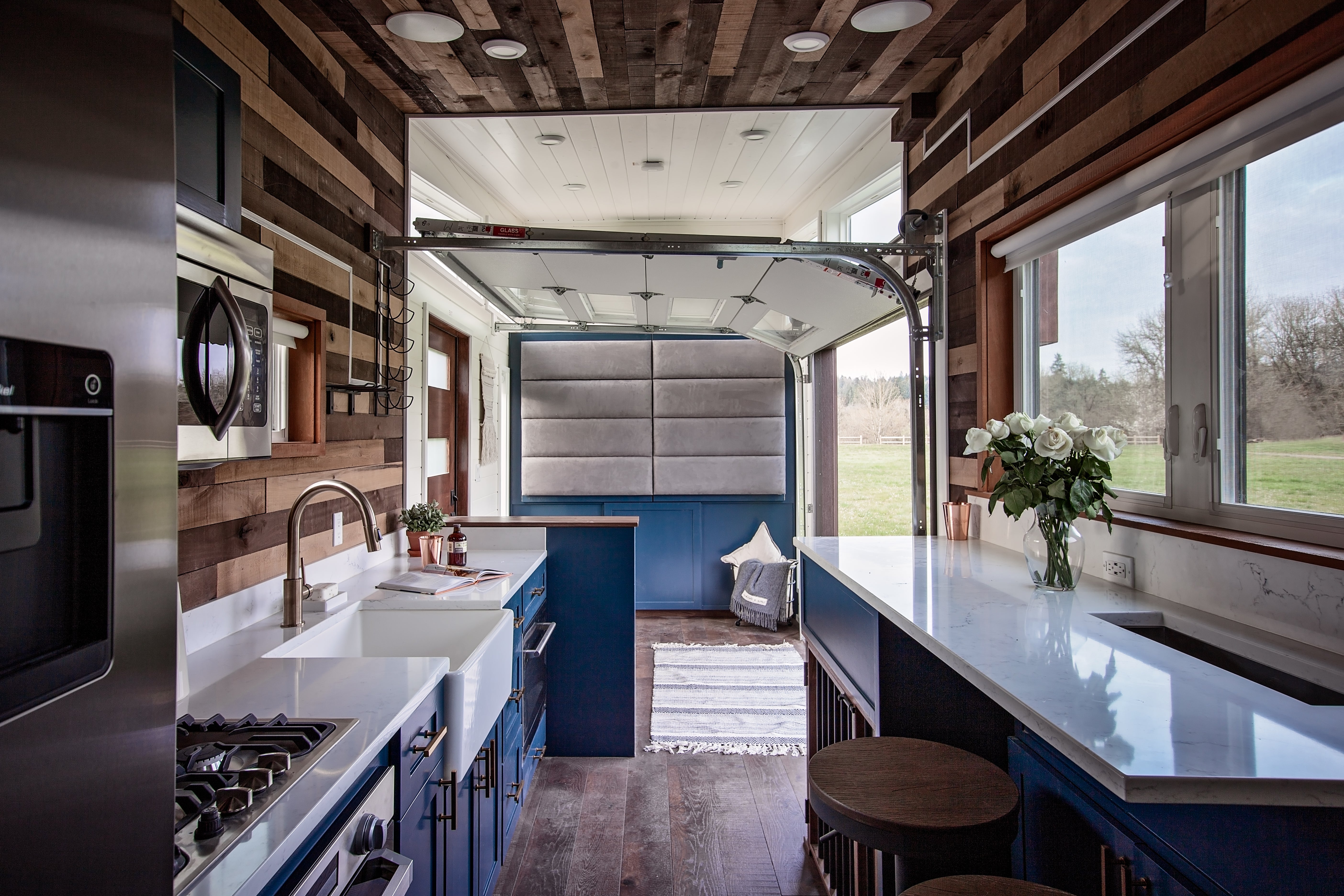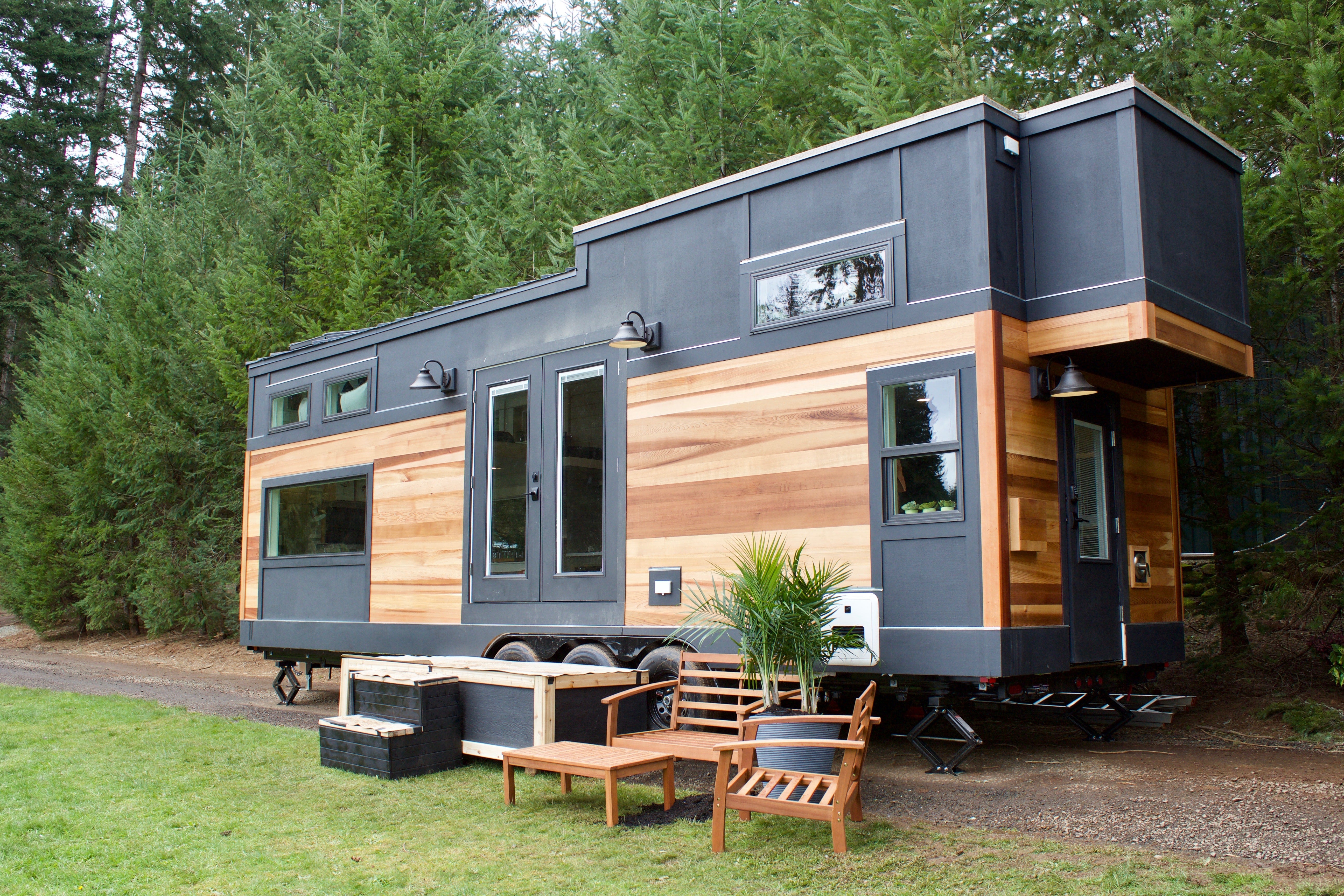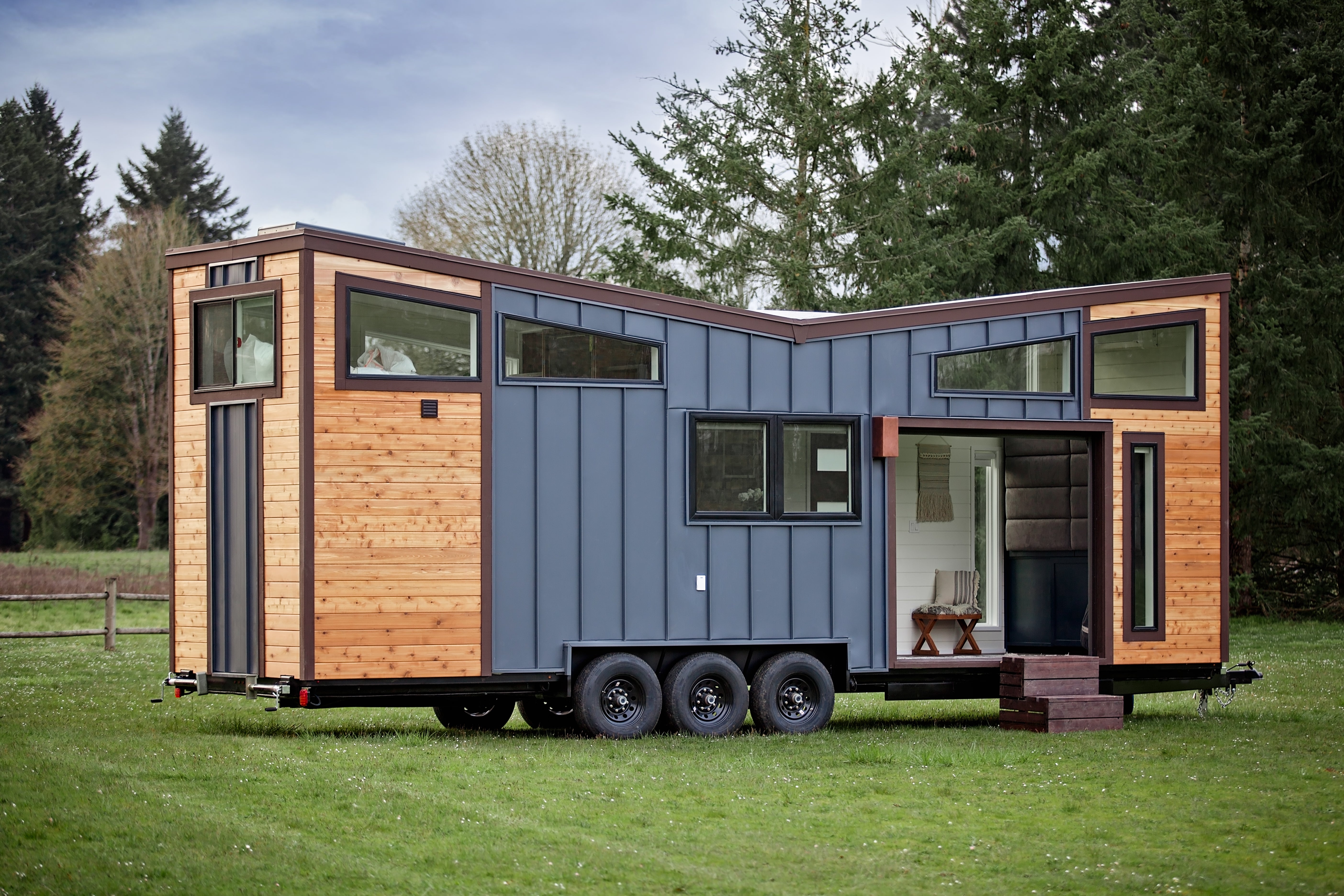Transforming a tiny home with energy efficiency involves using high-performance mini-split heat pumps, radiant floor heating, and smart thermostats for peak temperature control. LED lighting with motion sensors and thoughtful fixture placement minimize electricity use, while large windows and skylights maximize natural light. Compact, Energy Star appliances and tankless water heaters save space and cut utility bills. Regular maintenance, like filter changes and weather stripping checks, sustains efficiency. Learn how to expertly integrate these solutions for lasting comfort and savings.
Key Takeaways
-
Install mini-split heat pumps or radiant floor heating for superior, space-saving climate control and lower energy bills.
-
Switch to LED lighting, motion sensors, and dimmable fixtures to reduce electricity use and enhance flexibility.
-
Opt for space-efficient, Energy Star appliances like induction cooktops and tankless water heaters to maximize performance and save space.
-
Incorporate large windows, skylights, and light-colored surfaces to boost natural daylight and cut dependence on artificial lighting.
-
Schedule routine maintenance for HVAC systems, weather stripping, and lighting to sustain long-term energy efficiency.
Maximizing Heating and Cooling Performance
Because tiny homes have limited space and insulation, efficient heating and cooling are vital for maintaining comfort and reducing energy use.
Mini-split heat pumps offer up to 60% greater efficiency than traditional systems, making them ideal for small spaces.
Radiant floor heating, using tubes or electric coils beneath the floor, guarantees even warmth and maximizes usable space.
High-efficiency HVAC units with Energy Star certification minimize energy consumption.
Proper system sizing, professional installation, and programmable thermostats are essential for peak performance.
Regular maintenance, such as filter changes and system checks, further extends equipment lifespan and sustains top efficiency throughout the year.
Choosing Smart Lighting Solutions
How can lighting choices dramatically affect energy use and comfort in a tiny home?
Opting for LED bulbs is a practical step—they consume considerably less electricity and last far longer than incandescent bulbs.
Incorporating motion sensors guarantees lights are only on when needed, eliminating unnecessary energy waste.
Natural lighting is another key consideration; installing skylights or larger windows can reduce the reliance on artificial light during daytime hours.
Selecting dimmable fixtures allows for adjustable brightness, enhancing ambiance and minimizing excess energy use.
Thoughtful placement of lights further maximizes illumination while reducing the number of fixtures required, keeping energy use minimal.

Selecting Space-Saving, Efficient Appliances
A wide range of compact, energy-efficient appliances can make a significant difference in both the functionality and sustainability of a tiny home.
Choosing induction cooktops provides rapid, precise heating with lower energy consumption and improved safety.
Tankless water heaters save space and only heat water as needed, reducing standby energy loss.
Heat pump dryers offer efficient clothes drying and gentle fabric care.
Energy-efficient dishwashers use less water and electricity than traditional models.
Prioritizing appliances with Energy Star certification guarantees peak performance and reduced utility costs.
Selecting multi-functional or stackable designs further maximizes limited space while maintaining essential convenience and efficiency.
Harnessing Natural Light and Renewable Energy
Maximizing natural light and integrating renewable energy systems are effective strategies for reducing energy consumption in tiny homes.
Installing large, well-placed windows and skylights allows ample daylight to illuminate interiors, minimizing reliance on artificial lighting. Light-colored interior surfaces help reflect and distribute sunlight more efficiently.
For renewable energy, solar panels are a practical option, offering dependable power generation even in limited space. Proper orientation and angling of panels enhance efficiency. Battery storage systems guarantee access to electricity during low-sun periods.
Together, these methods reduce utility costs and environmental impact, making daily living in a tiny home both sustainable and comfortable.
Maintenance Tips for Sustained Efficiency
While energy-efficient features are essential in tiny homes, their benefits can diminish without regular upkeep. Routine cleaning and inspection of HVAC filters, ventilation systems, and appliance coils guarantee peak performance and longevity.
Replacing worn weather stripping and sealing gaps prevents heat loss and moisture intrusion. LED lights should be checked for function, while skylights and windows require cleaning to maximize daylight.
Monitoring programmable thermostats and adjusting settings seasonally maintains energy savings. Addressing small repairs promptly stops inefficiency from escalating.
Conclusion
By integrating energy-efficient heating and cooling, smart lighting, compact appliances, and renewable energy sources, tiny homeowners can greatly reduce utility costs and environmental impact. Prioritizing natural light and performing regular maintenance further improves efficiency and comfort. Each decision, from appliance selection to system upgrades, contributes to a more sustainable and functional living space. With thoughtful planning and ongoing attention, transforming a tiny home into an energy-efficient retreat is both achievable and rewarding for homeowners seeking lasting value.






Share: